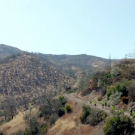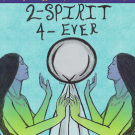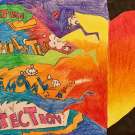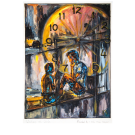Nome Cult Walk
HSS 8.8, W.8.1, W.8.4, RI.8.1, RI.8.2, SL.8.1, RH.6-8.2This lesson introduces students to the removal and relocation of California Natives in the 1800’s. Focusing on primary and secondary sources students will discover the background of California’s Trial of Tears, the Nome Cult Walk. Students will read a newspaper article and Forest Service flier, watch a video on the Walk, and listen to four interviews of individual Native people who participate in the commemorative Nome Cult Walk. Students will take notes as they read, listen, and watch and these notes will be used in a final assessment, as students write a short essay on their understanding of the historical circumstance Nome Cult Walk.






